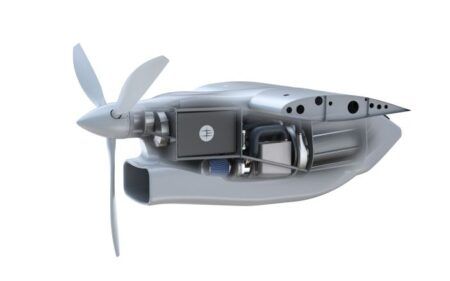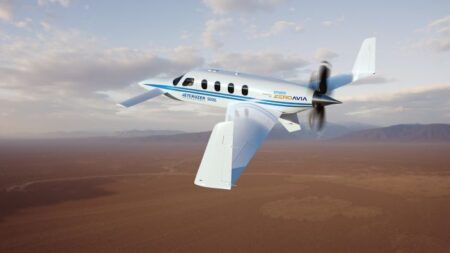Boeing has revealed its proposed design for the U.S. Army’s Future Attack Reconnaissance Aircraft prototype competition.
The rotorcraft is a thrust compounded single-main rotor helicopter with a six-bladed rotor system, a single engine, tandem seating and a modular, state-of-the-art cockpit with a reconfigurable large area display and autonomous capabilities.
Boeing’s FARA is designed to meet U.S. Army’s current mission needs while evolving as technologies and missions change.
Mark Cherry, vice president and general manager of Boeing’s Phantom Works said, “We’re offering more than a helicopter – we’re offering an affordable and fully integrated system for the Army, the mission and the future. We’ve blended innovation, ingenuity and proven rotorcraft experience with extensive testing and advanced analysis to offer a very compelling solution.”
The fly-by-wire design uses additive manufacturing technology, and product commonality to reduce risk and costs, said Boeing.
Shane Openshaw, Boeing’s Future Attack Reconnaissance Aircraft (FARA) program manager said, “We listened to the Army, assessed all alternatives, and optimized our design to provide the right aircraft to meet the requirements. We are offering a very reliable, sustainable and flexible aircraft with a focus on safety and the future fight.”
The FARA program was launched by the U.S. Army in 2018 to develop a successor to the Bell OH-58 Kiowa scout helicopter as part of the Future Vertical Lift program. The OH-58 was retired in 2014
Design contracts for FARA candidates were awarded in April 2019 to five manufacturers: AVX Aircraft in partnership with L3Harris Technologies, Bell Helicopter, Boeing, Karem Aircraft, and Sikorsky Aircraft. Two manufacturers will be selected to proceed with their designs this year, and prototypes are scheduled to first fly in 2023.





